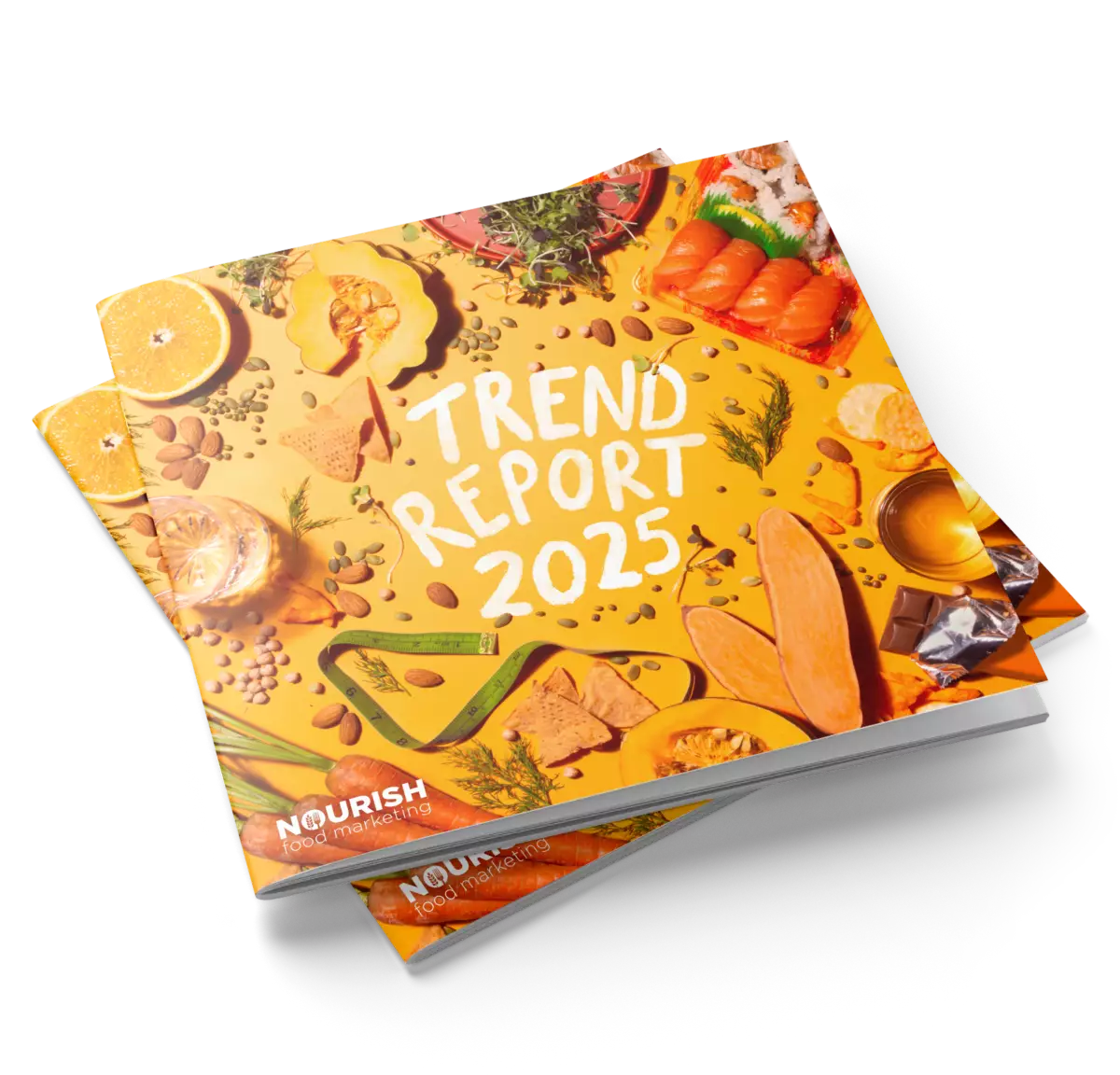When we published the 2020 Nourish Trend Report near the end of 2019, it included the "Sober Me" trend. “Dry January” was starting to evolve from a one-month reset to a wholesale lifestyle shift – a “Sober 2020”, as it were. That trend was driven by:
- Younger generations drinking less than their parents as part of the Sober Curious Movement
- A general reduction in alcohol consumption
- The legalization of cannabis, seen by many as a healthier, lower-calorie alternative
We were right on track, even at the outset of 2020. Then COVID changed everything.
As it turned out, alcohol consumption increased during COVID due to anxiety and boredom; it's a classic coping mechanism. We start drinking earlier in the day because we're at home, with that quarantini ritual signalling the workday's end in place of the commute home. We socialize with friends over Zoom cocktails. Liquor retailers became an essential service, and alcohol delivery options are now more accessible than ever.
We’re raising more glasses, more often. But will it last?
In July, a Canadian study conducted by Leger saw a 15% net gain in the consumption of both alcohol and cannabis. That includes a 23% net gain in alcohol consumption among 18- to 34-year-olds, prompting cautionary words from both the Red Cross and the Canadian Centre on Substance Use and Addiction (CCSA). That's quite a trend reversal.
And what can we learn about Dry January from Google Trends data? Searches are indexing at 44% compared to last year in Canada, leading up to those New Year's resolutions. BUT on the East Coast, where life was more “normal” within the Atlantic COVID bubble, Dry January is at about the same level as the previous year, giving us an indication that there will be a refocus on health, wellness, and alcohol reduction once the world gets a little more normal and our anxiety lessens.
Let's start viewing the non-alcoholic drinks segment differently and applying more of a "flexitarian" model. These products are becoming an AND versus OR, like the flexitarian meat model wherein plant-based proteins are targeted and sold to meat-eaters. Rather than people being drinkers or non-drinkers, expect consumers to increasingly have both alcoholic and non-alcoholic beverages in their fridges, as the products continue to get better and their availability widens, not just in grocery stores, but also in beer and liquor stores.
That has implications for where these products should be shelved in-store, as well. Kroger's Beyond Meat test found sales increased most when the product is placed in the meat bunker rather than in a separate vegetarian protein section. Tellingly, over 90% of those purchasers also had a meat protein in their grocery basket.
Major liquor producers are blurring the lines between categories
Molson Coors has repositioned itself as a beverage rather than a beer company, similar to how Maple Leaf Foods transitioned to a protein rather than a meat company. A recent Anheuser-Busch InBev report estimates that by 2025, zero- and lower-alcohol beer will account for 20% of their sales volume.
Expect this segment to continue to improve its product offerings, adding functional benefits as well. In the spirit of flexitarianism, expect more reduced rather than no-alcohol offerings in the Seltzer and Wine segments and lower- rather than zero-proof Liquor products. It’s not quite modern Temperance; more like moderating our tipples.
Stay tuned as this intriguing trend continues to evolve. What might our next New Year’s Eve toast look like?
